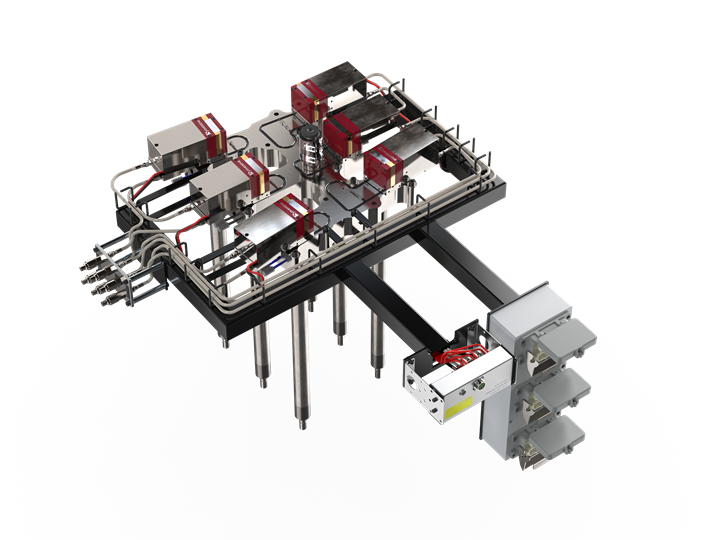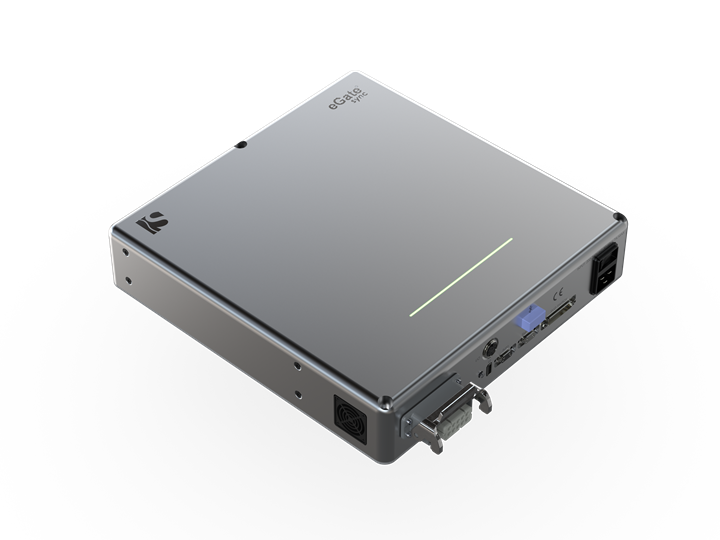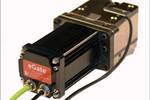Electric Valve-Gate Technology Debuts
Synventive will use PTXPO to debut its eGate sync hot runner technology to the North American market after its global debut at last year’s Fakuma.
Positioning the system as cost effective and easy means to capture the benefits of electrically driven movements in a hot runner, Synventive is positioning the eGate as an alternative to molders looking to move away from hydraulic or pneumatic systems but not requiring the minute control capabilities of its traditional eGate product.

Allowing for the electrification of hot runners, Synventive’s eGate sync hot runner system can be added to an existing tool but replacing the actuator and adding the junction box and controller.
Photo Credit: Synventive
Saying the system uses up to 7 times less energy than a hydraulic power unite, the eGate sync consists of a small machine-mountable controller, an electric actuator, a junction box and a safety signal module. User interface comes in the form of an app pre-installed on a 10-inch tablet, with some basic control functions located on the controller box. Connections are simplified as well, with motor power and motor signal cables between the actuator and the junction box, which connects to the controller via a power cable and signal cable.

The eGate sync’s junction box can control up to 12 zone and store “recipes”, allowing molders to save process settings once a mold is dialed in.
Photo Credit: Synventive eGate sync
Related Content
-
Injection Molding: Focus on these Seven Areas to Set a Preventive Maintenance Schedule
Performing fundamental maintenance inspections frequently assures press longevity and process stability. Here’s a checklist to help you stay on top of seven key systems.
-
Process Monitoring or Production Monitoring — Why Not Both?
Molders looking to both monitor an injection molding process effectively and manage production can definitely do both with tools available today, but the question is how best to tackle these twin challenges.
-
Back to Basics on Mold Venting (Part 1)
Here’s what you need to know to improve the quality of your parts and to protect your molds.


